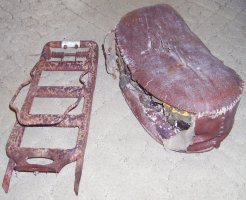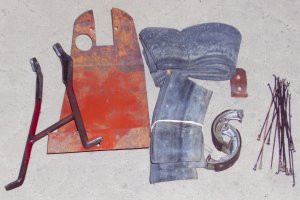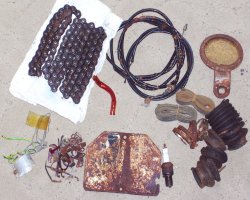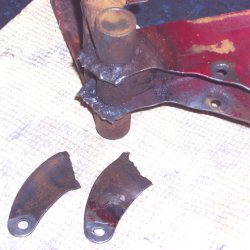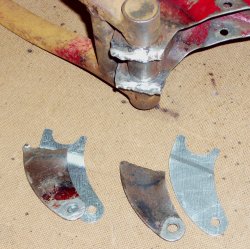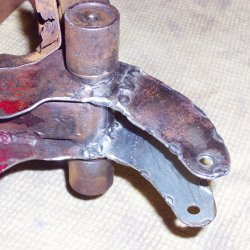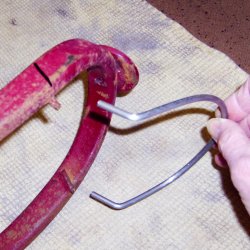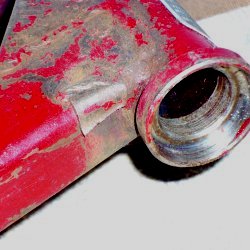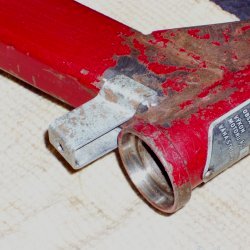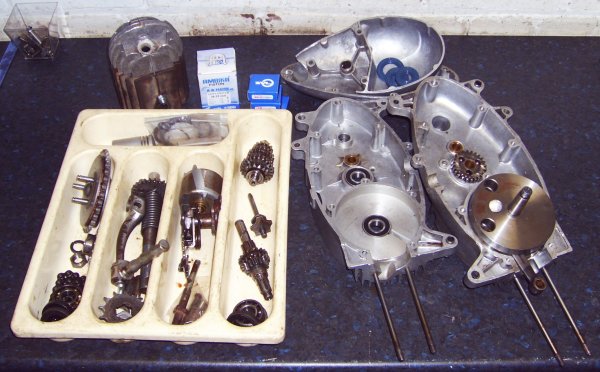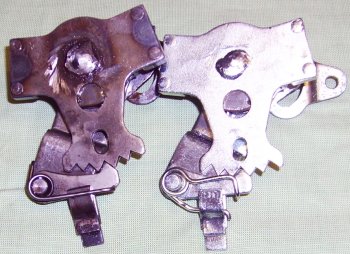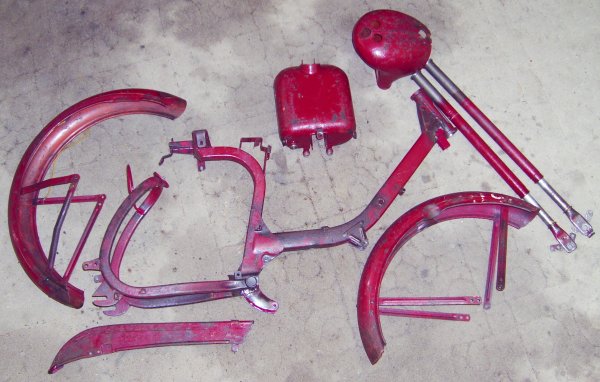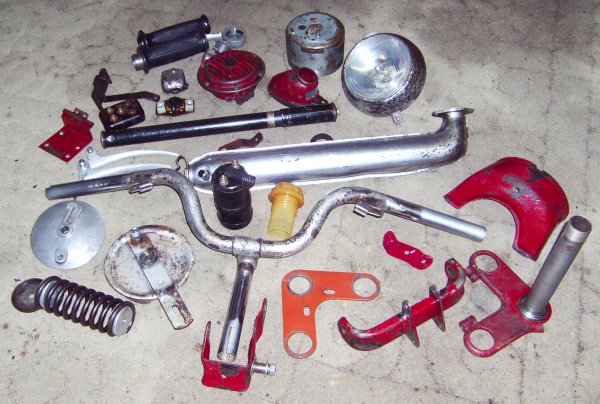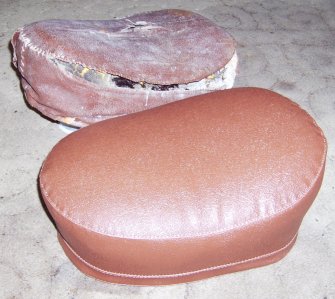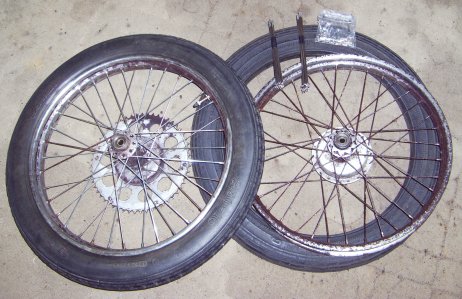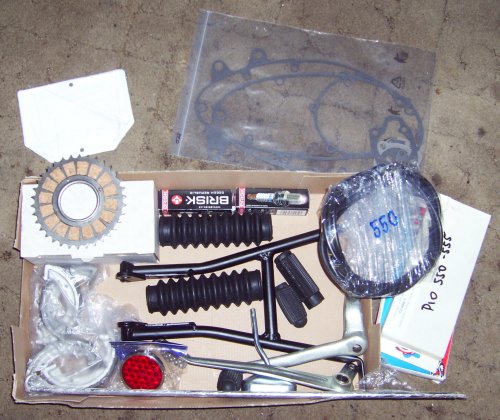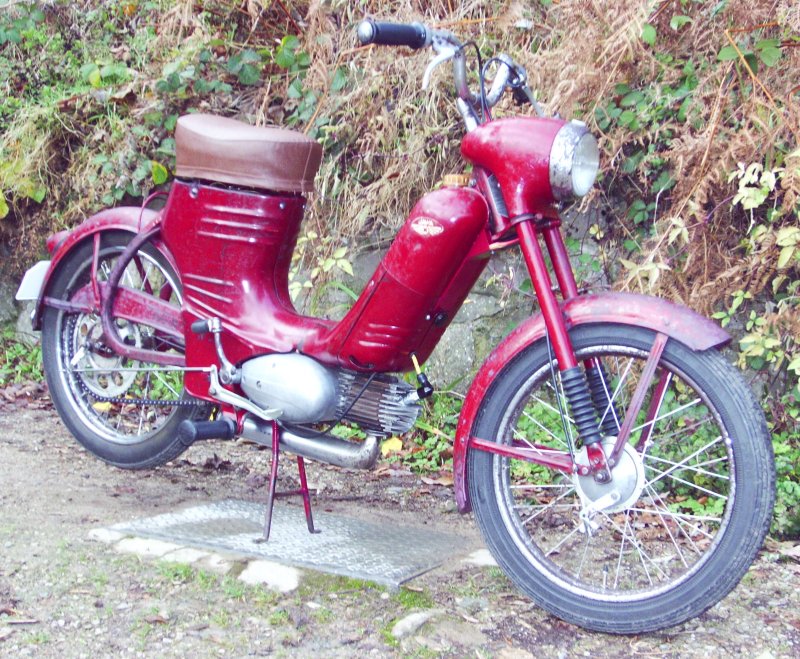|
Stump History
While Jawa's designers were surreptitiously evolving the post-war standard production model, under the noses of the unsuspecting nazis, they were also aware of the need for some very much smaller and cheaper machine for beginners, for youngsters, and for those who just wanted a simple and sturdy runabout. The pre-war Jawa "Robot", a single cylinder, two-stroke, of 98 cc with bicycle pedals for engine starting and for assisting the engine on steep gradients, had shown how huge a market there was for a low-cost machine with no claims to performance. Jawa actually planned to rejuvenate that type, doing away with the pedals, to capture what was expected to be an enormous market for an ultra-light, ultra-simple, ultra-low-cost machine.
Later Jawa dropped the plan to revive the Robot, and decided to evolve a new and smaller machine from scratch. The engine for it was already available, at least on the drawing board; it was the work of a beginning young designer, Jan Křivka, who later became head of the Jawa design office. For some odd reason, the Jawa manager of that time ordered Křivka to design that engine at home and keep its existence secret. After a change in the management, the blueprints spent years accumulating dust in a bottom drawer, from which they were rescued only when work started on the new Pioneer.
This smallest of all Jawas appeared on the scene in the fifties shortly after the 500 cc "Half-liter", the most powerful type of that make. The design team, made up of M. Kubíček, J. Mráz, K. Mareš and J. Šťastný, adopted a modernised version of Křivka's engine, a design that differed from all other Jawa power units in having a horizontal cylinder. This two-stroke, single cylinder of 49.8 cc had a power output in excess of 2 HP, and in conjunction with a three speed gearbox propelled the tiny machine at up to 50 km/hour - as much as anyone could expect from a mere 50 cc.
All this may sound commonplace nowadays, but in that far-off time the Pioneer was a spectacular breakthrough, another Jawa trend setter. The first model had a saddle which was about as elegant and comfortable to sit on as a tree stump, and that got the type nicknamed "Stump".
The Stump was evolved in Prague, but its production was soon transferred to the Považské Strojárne plant at Považské Bystrica in Western Slovakia.
From Czech Motor Review 8/1989
|
